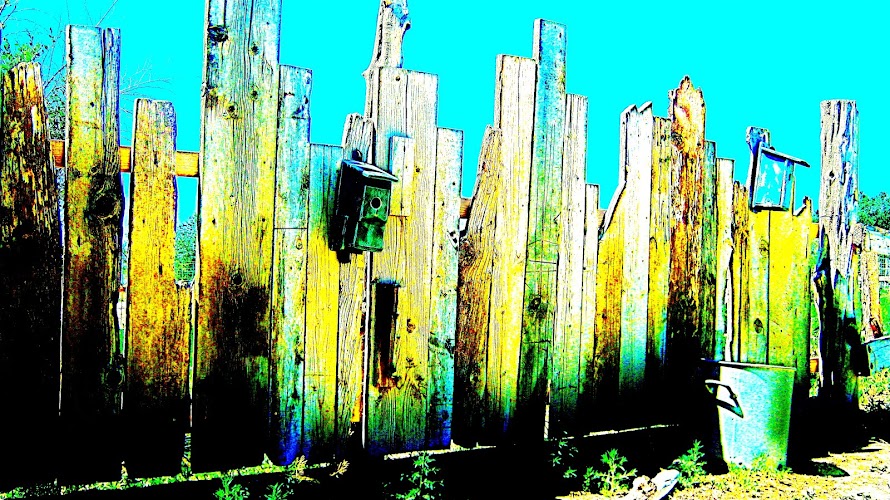
#note: this post was written this past spring, but for some reason I didn't post it. Jerusalem Artichokes can be dug this time of year. Replant enough tubers to have a harvest for next year. If your winters are extremely cold, I would suggest a covering of old hay or straw.
After harvesting a long 50 foot row of Jerusalem Artichokes this past fall, keeping enough to replant, the rest were taken to market. Jerusalem Artichokes are one of the first vegetables to break ground in the spring, but not this year. Apparently there WAS a well fed gopher that munched on the tubers all winter. Snug underground he found that by digging along in a straight line he would have plenty of food for the winter.
With spring well underway, I will not be ordering roots from a gardening catalog, or begging starts from a neighbor because they do not transplant as well after the stems are over 6-8 inches. I will be off to the grocery store to buy several bags of the
"Sunchoke" tubers you can purchase in the produce section. Sometimes in the spring they are a little harder to find, but generally they are available. This method also works in the fall.
.
Freshly dug Tubers
Late in the fall the flowers will fade and the stalks will lose all their leaves and turn brown. After several hard frost the tubers are ready to dig. I generally dig enough to replant for the next season and the remaining are dug out as needed. "This way they maintain their crispness. Sunchokes will stay crisp in your fridge for only about 3-4-weeks. Place bales of hay over your tubers that have been left in the ground. This will keep the ground from freezing and allow for longer harvests.

When they are mature, the tops will die back.
When the stalks have turned brown and become brittle is the time to dig.
I replant the smaller tubers in the same spot and harvest the larger ones for market.
I prefer to eat these raw, thinly sliced in a salad, or lightly sauteed in a stir fry. Try grating them and frying them on a hot cast iron skillet like hash browns.
























